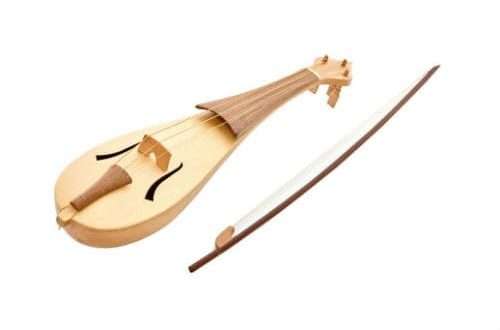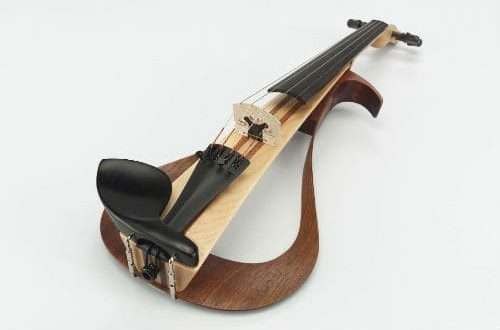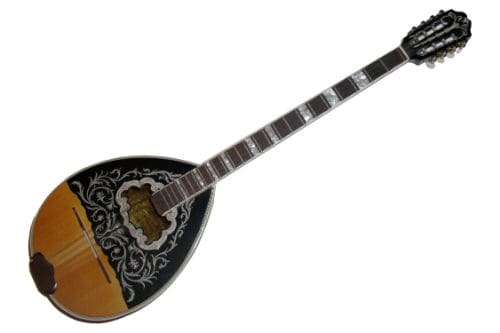
Bouzouki: description of the instrument, composition, history, sound, playing technique
Bouzouki is a musical instrument found in a number of European and Asian countries. Its analogues existed in the culture of the ancient Persians, the Byzantines, and subsequently spread throughout the world.
What is bouzouki
The bouzouki belongs to the category of stringed plucked musical instruments. Similar to him in structure, sound, design – lute, mandolin.
The second name of the instrument is baglama. Under it, it is found in Cyprus, Greece, Ireland, Israel, Turkey. The baglama differs from the classic model in the presence of three double strings instead of the traditional four.
Externally, the bazooka is a semicircular wooden case with a long neck with strings stretched along it.

Tool device
The device is similar to other stringed instruments:
- Wooden case, flat on one side, slightly convex on the other. There is a resonator hole in the middle. Strictly defined types of wood are taken for the body – spruce, juniper, mahogany, maple.
- The neck with the frets located on it.
- Strings (old instruments had two pairs of strings, today the version with three or four pairs is common).
- Headstock equipped with pegs.
The average, standard length of models is about 1 meter.
The sound of a bouzouki
The tonal spectrum is 3,5 octaves. The sounds produced are ringing, high. Musicians can act on the strings with their fingers or with a plectrum. In the second case, the sound will be clearer.
Equally suitable for solo performances and for accompaniment. His “voice” goes well with the flute, bagpipes, violin. The loud sounds made by bouzouki must be combined with the same loud-sounding instruments so as not to overlap them.
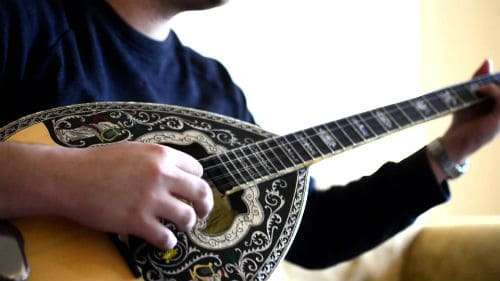
History
It is impossible to establish the origin of the bouzouki for certain. A common version – the design combined the features of the Turkish saz and the ancient Greek lyre. Ancient models had a body hollowed out of a piece of mulberry, the strings were animal veins.
To date, two varieties of the instrument deserve attention: the Irish and Greek versions.
Greece kept the bouzouki isolated for a long time. They played it only in pubs and taverns. It was believed that this music of thieves and other criminal elements.
In the second half of the XNUMXth century, the Greek composer M. Theodorakis decided to present to the world the wealth of folk instruments. They also included a bazooka, to which the gut strings were replaced with metal ones, the body was somewhat ennobled, and the neck was connected to a resonator. Later, a fourth was added to the three pairs of strings, which significantly expanded the musical range.
The Irish bouzouki was brought from Greece, slightly modernized – it was necessary to rid it of the “eastern” sound. The round shape of the body has become flat – for the convenience of the performer. The sounds are now not too sonorous, but clear – which is what is needed for the performance of traditional Irish music. The variant, common in Ireland, is more like a guitar in appearance.
They use bouzouki when playing ethnic, folklore works. It is in demand among pop performers, it is found in ensembles.
Today, in addition to traditional models, there are electronic options. There are craftsmen working to order, there are enterprises engaged in industrial production.
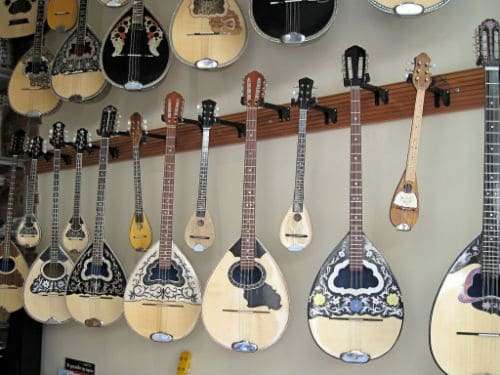
Play technique
Professionals prefer to pick the strings with a plectrum – this increases the purity of the extracted sound. Setup is required before each performance.
The Greek version assumes that the performer is sitting – while standing, the convex body on the back will interfere. In a standing position, the Play is possible with Irish, flat models.
The seated musician should not press the body tightly against himself – this will affect the pitch of the sound, making it muffled.
For greater convenience, a standing performer uses a shoulder strap that fixes the position of the instrument in a certain place: the resonator should be on the belt, the headstock should be in the chest area, the right hand reaches the strings, forming an angle of 90 ° in a bent position.
One of the most popular playing techniques is tremolo, which consists in repeated repetition of the same note.



